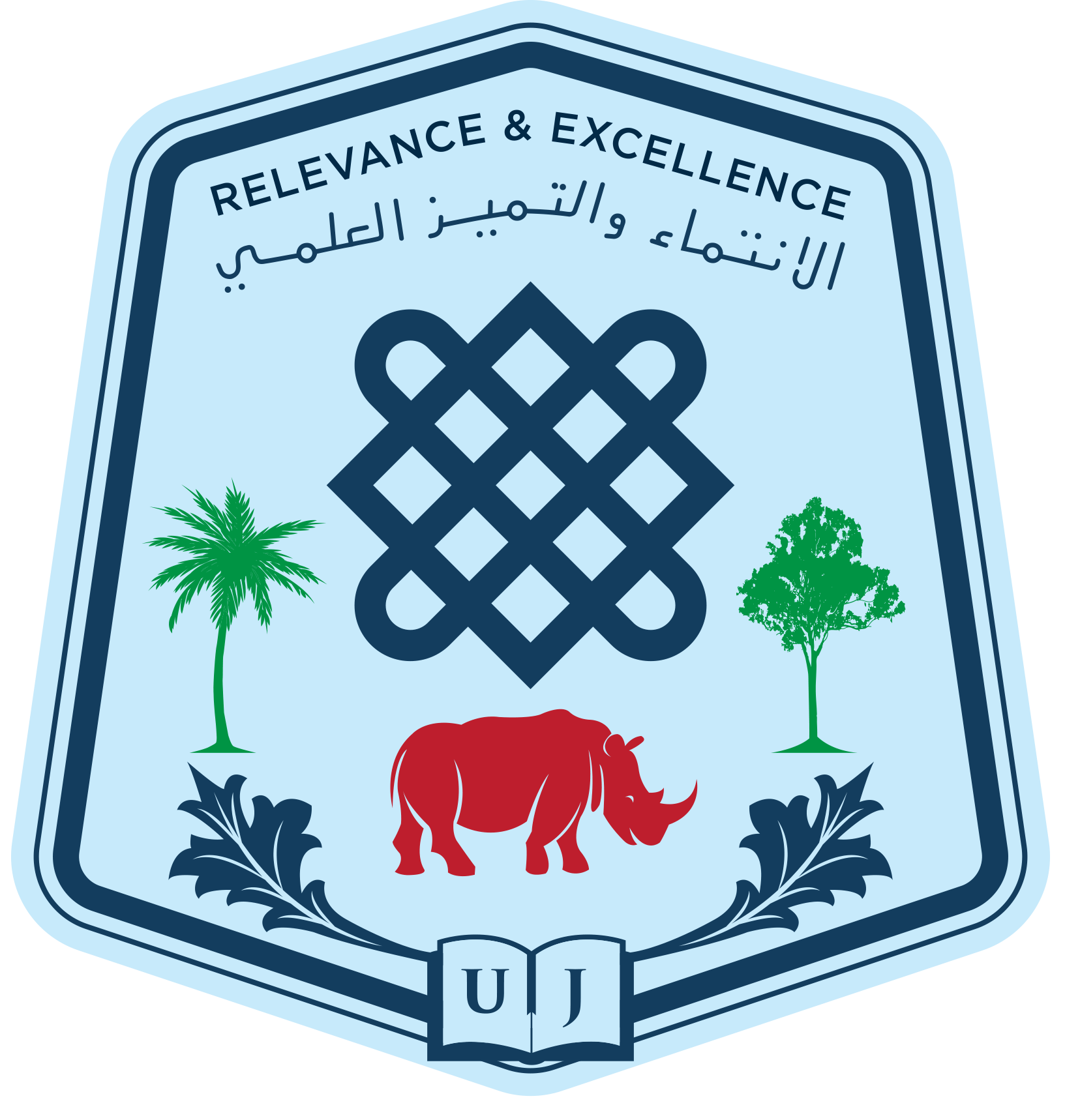Lukaw, Y.S., Abdelrahman, M.M., Mohammed, Y.O., Jaja, L.K and Ochi, E.B
Preliminary study on population structure, infection rate and habitats of Glossina fuscipes fuscipes with Trypanosoma brucei was carried out in Yambio and Tambura Counties, Western Equatoria State, South Sudan in 2013. In each County, unbaited biconical traps were deployed along four streams. Tsetse fly catches were identified morphologically, sorted into males and females and checked for tenerality. Apparent density of flies per trap per day was determined and parasitological examination of dissected midguts of wild flies was made. Ecosystem of the flies were observed and recorded. Out of the total 260 G.f. fuscipes Yambio County revealed 45% females and 55% males compared to 44% females and 56% males in Tambura County. The average apparent density of flies /trap/day in Yambio County was 2.32 compared to 0.71in Tambura County. In Yambio County, 92% and 8% of G. f .fuscipes population was non-teneral and teneral compared to 90% and 10% in Tambura County, respectively. The average infection rate in G. f fuscipes in Yambio County was 2.38% compared to 2.02%in Tambura County. The plants, Lantana camara were abundantly scattered along the streams as the main habitats of G.f.fuscipes. Further studies are needed in wet season such that vector control strategy is developed in Western Equatoria State, South Sudan.
Keywords: Glossina fuscipes fuscipes; Population Structure; Habitats, Infection Rate, South Sudan.
